Vucic declares ‘color revolution is over’ as Serbia’s political divide deepens amid student-led unrest
- Update Time : Tuesday, April 15, 2025
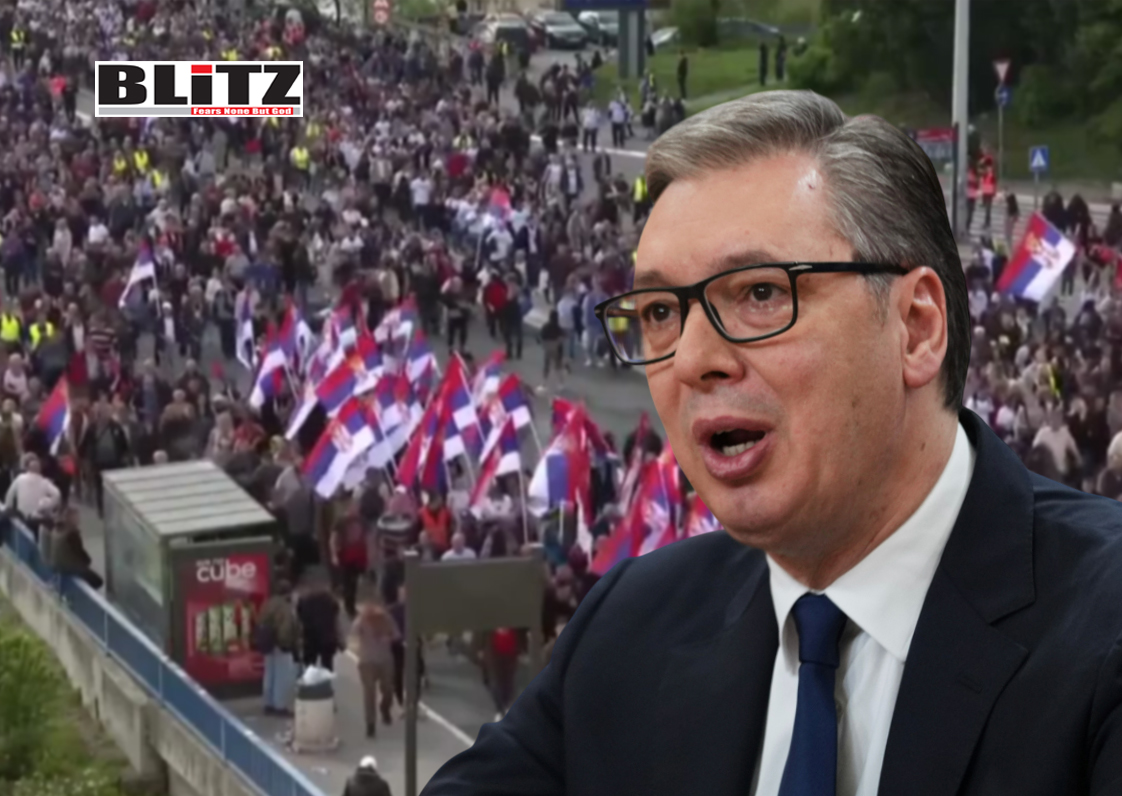
In a bold show of defiance against months of mounting public pressure, Serbian President Aleksandar Vucic declared that “the color revolution is over” during a mass rally of his supporters in Belgrade on April 11 and 12. Tens of thousands of demonstrators were bussed in from across the country to show loyalty to Vucic and his Serbian Progressive Party (SNS), as Serbia remains gripped by student-led protests and deepening political unrest.
The rally, staged outside the parliament building in the capital, was designed as a high-profile counter-move to the massive March 15 anti-government protest, which drew over 100,000 participants-the largest such gathering in Serbia in recent decades. That protest, and the many smaller ones that preceded it, stemmed from the deadly collapse of a concrete canopy at the Novi Sad railway station in November 2024, a disaster that killed 16 people and sparked national outrage.
What began as grief and anger over the tragedy soon escalated into a wave of protests accusing the government of corruption, negligence, and systemic rot. Students, joined by educators, farmers, and civic organizations, quickly became the engine of a growing movement demanding government accountability and sweeping reform. Critics have pointed to lax building codes, political impunity, and opaque procurement practices as symptoms of deeper institutional decay under Vucic’s 12-year rule-first as prime minister and now as president.
But rather than concede to any criticism, Vucic has chosen to escalate the political conflict. On April 12, he addressed the rally with a combative tone, dismissing the ongoing protests as futile. “They can walk as much as they wish, but nothing will come out of that,” he said, framing the demonstrations as foreign-backed attempts to destabilize Serbia-echoing a familiar narrative among authoritarian-leaning leaders who invoke the specter of externally-funded “color revolutions” to undermine dissent.
At the same event, Vucic unveiled plans for a new political movement under the leadership of his ruling SNS. Though specific details remain scarce, the initiative appears aimed at reshuffling the political landscape in his favor, unifying the fragmented ruling coalition under a new brand while distancing his leadership from the mounting criticism tied to his existing party infrastructure.
Adding an international dimension to the rally, Hungarian Prime Minister Viktor Orban addressed the crowd via video link, offering his support for Vucic and aligning himself with his fellow nationalist. “Serbian patriots can count on Hungarian patriots,” Orban declared, reinforcing an alliance between two of the region’s most controversial leaders-both of whom have been accused of democratic backsliding and curbing civil liberties in their respective countries.
This gesture from Orban added fuel to the growing concern among European observers that Serbia is drifting further away from democratic standards and edging closer to the style of centralized, populist governance seen in Hungary. The deepening ties between the two leaders reflect a broader ideological alignment that is increasingly at odds with the principles of open governance and pluralism championed by the European Union.
The days leading up to the pro-government rally were marked by rising tensions across the country. In Novi Pazar, the administrative heart of Serbia’s Muslim-majority Sandžak region, anti-government activists tried to prevent buses carrying Vucic supporters from departing for Belgrade. In the capital, demonstrators blocked roads and pelted buses with eggs, prompting police to step in and forcibly disperse the protesters.
Opposition leaders and independent watchdogs allege that the rally was not entirely voluntary. There are widespread claims that public sector employees were pressured into attending and that local municipalities sympathetic to Vucic’s party covered transportation and logistical costs-suggesting the use of state resources to artificially inflate support.
Despite the massive turnout at Vucic’s rally, the protest movement shows no signs of disappearing. Student-led marches continue, driven by a youthful energy and disillusionment with the status quo. Although the movement lacks a singular figurehead or formal leadership, it has nevertheless succeeded in capturing national attention. Social media has been instrumental in organizing protests, countering state-dominated narratives, and spreading footage of confrontations that would otherwise be ignored by mainstream media.
Still, the lack of a clear political platform beyond calls for Vucic’s resignation remains a critical vulnerability. Without a cohesive vision or institutional representation, there is a risk that the movement could lose momentum or fall victim to internal divisions.
International actors are watching Serbia with increasing concern. The European Union has called for de-escalation and urged an impartial investigation into the causes of the Novi Sad disaster, as well as the government’s handling of protests. Human rights organizations have criticized the Serbian police for heavy-handed tactics and expressed alarm over reports of political intimidation.
For now, Vucic appears determined to ride out the unrest by leaning into nationalism and strongman theatrics. By invoking the end of a so-called “color revolution,” he positions himself as a bulwark against foreign interference and chaos-a message that may resonate with segments of the population tired of instability and receptive to his populist appeals.
But Serbia’s future hangs in the balance. As the civic movement matures and gains wider support, the political cost of ignoring public outrage may continue to rise. Whether Vucic’s show of force will successfully suppress dissent or merely delay a broader reckoning remains to be seen. One thing, however, is clear: Serbia is entering a new phase of political confrontation, and the outcome will shape its democratic trajectory for years to come.


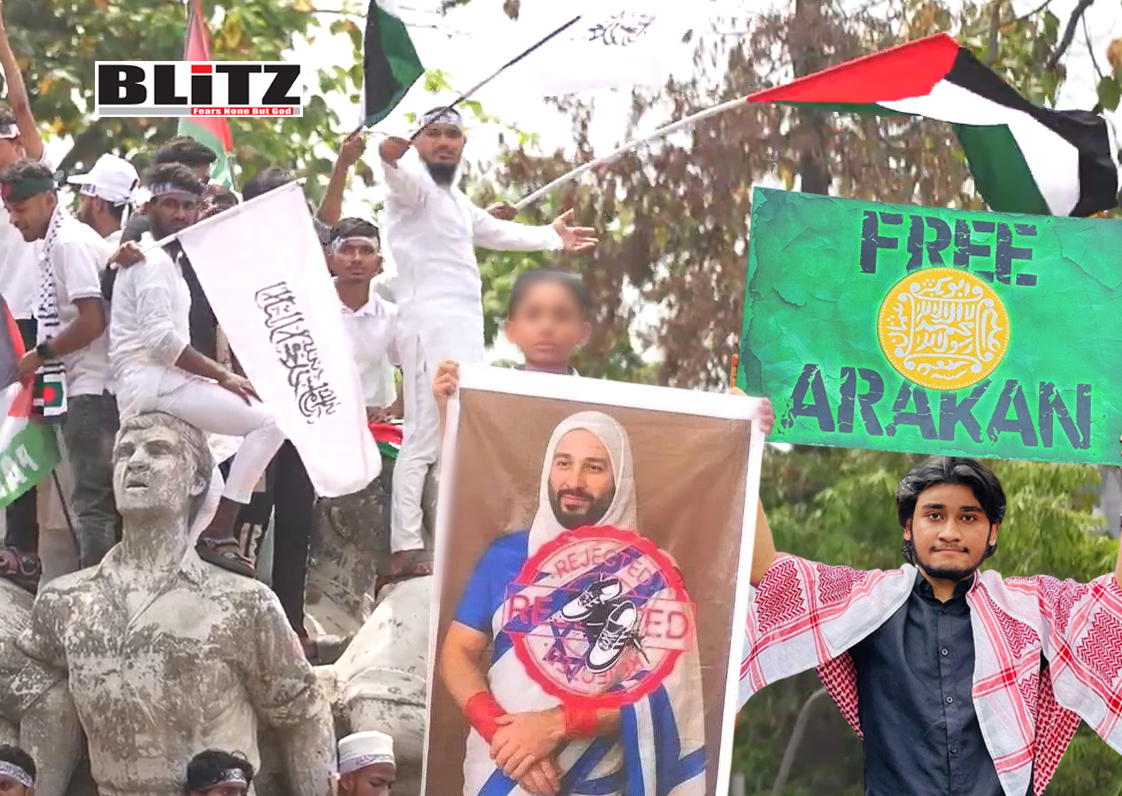
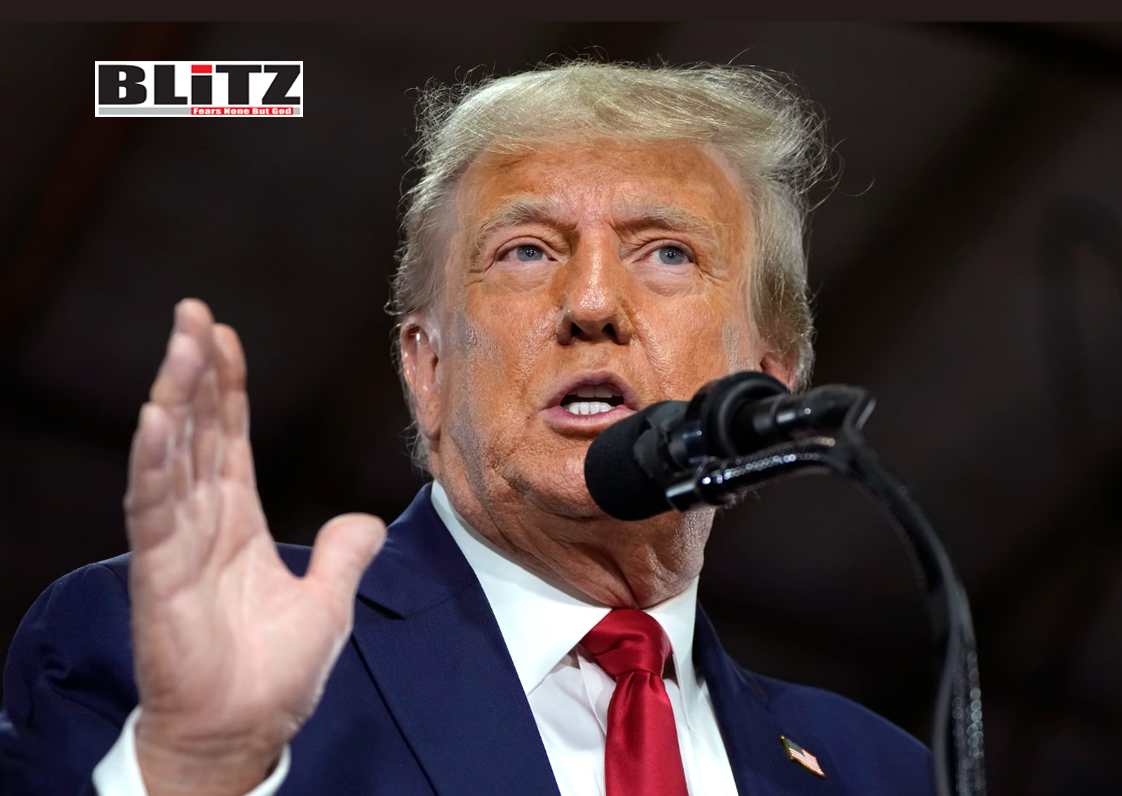
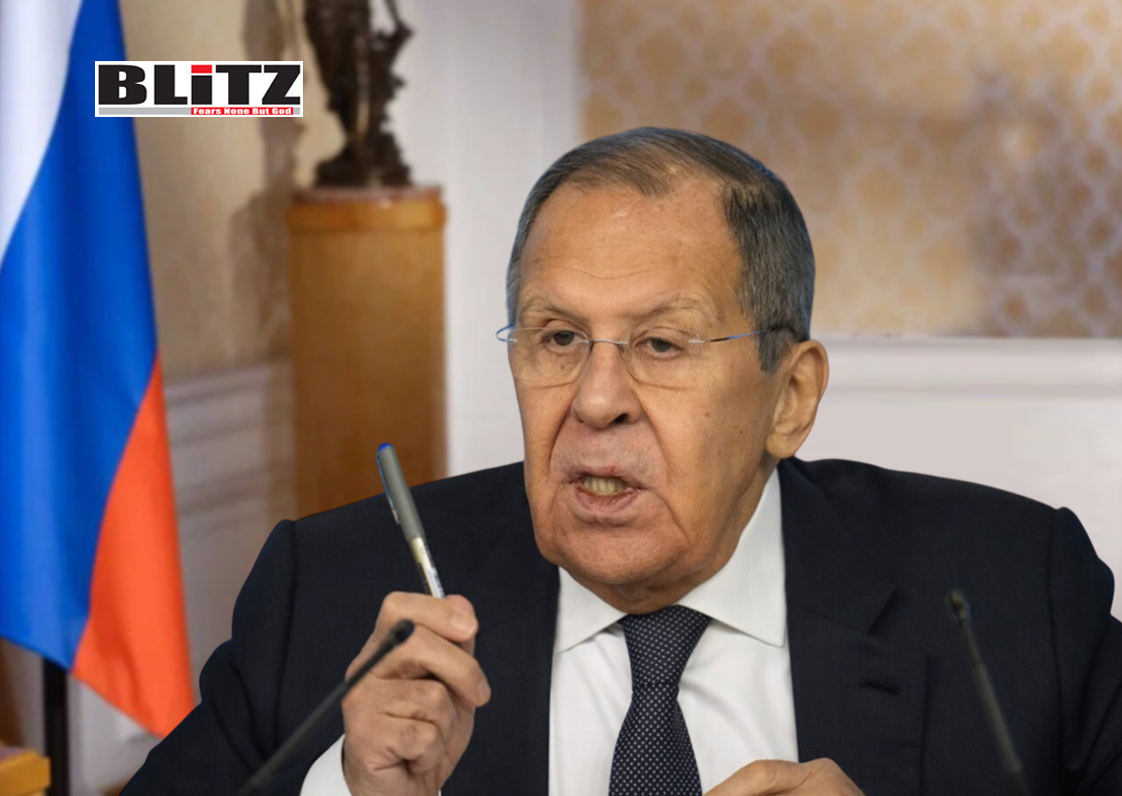
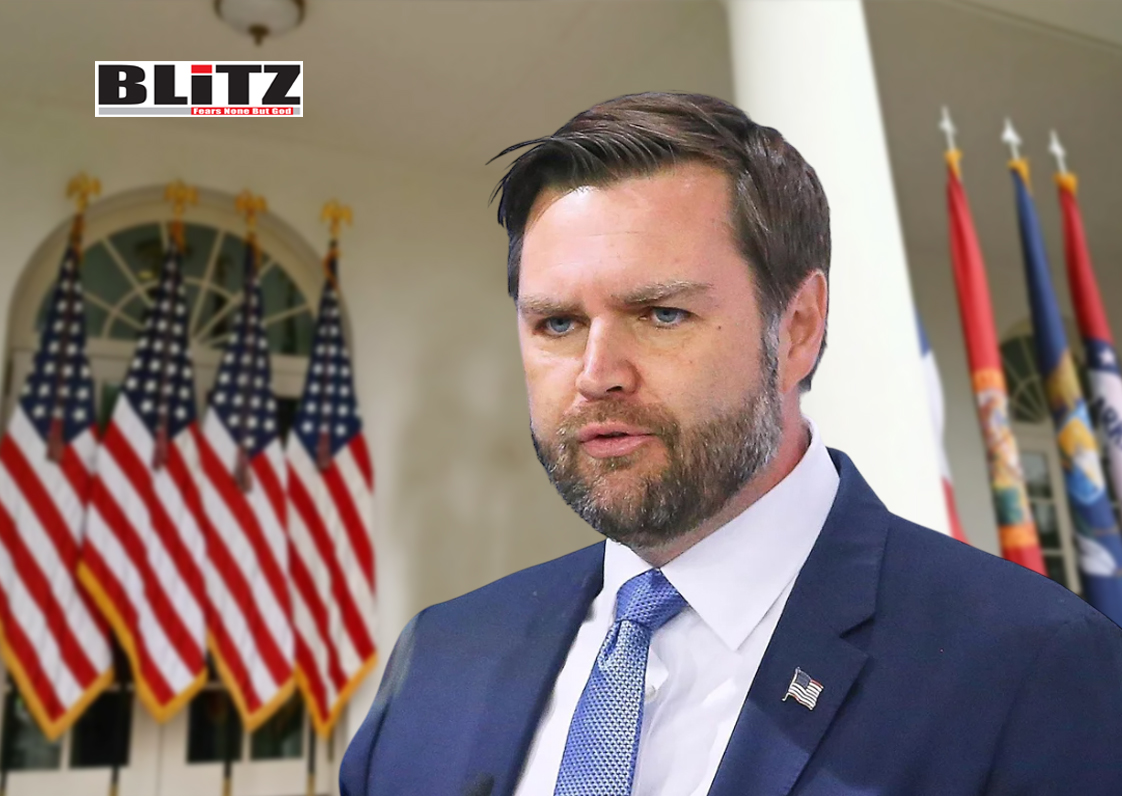
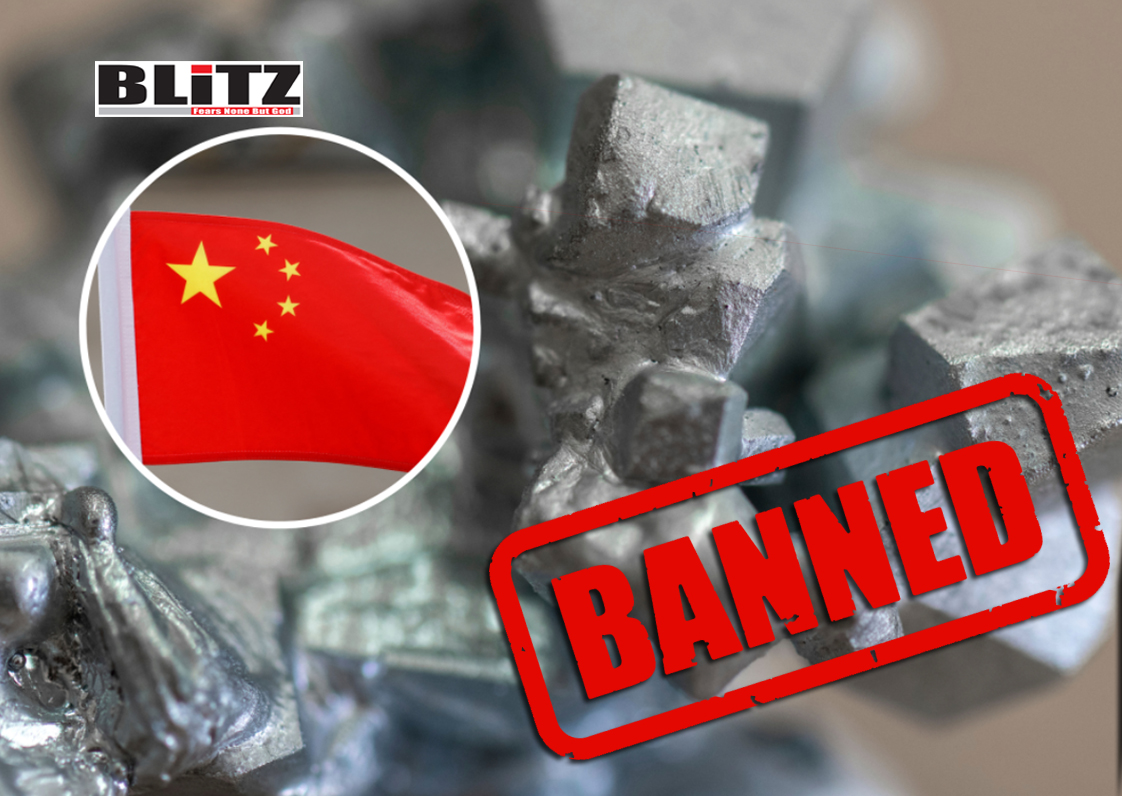

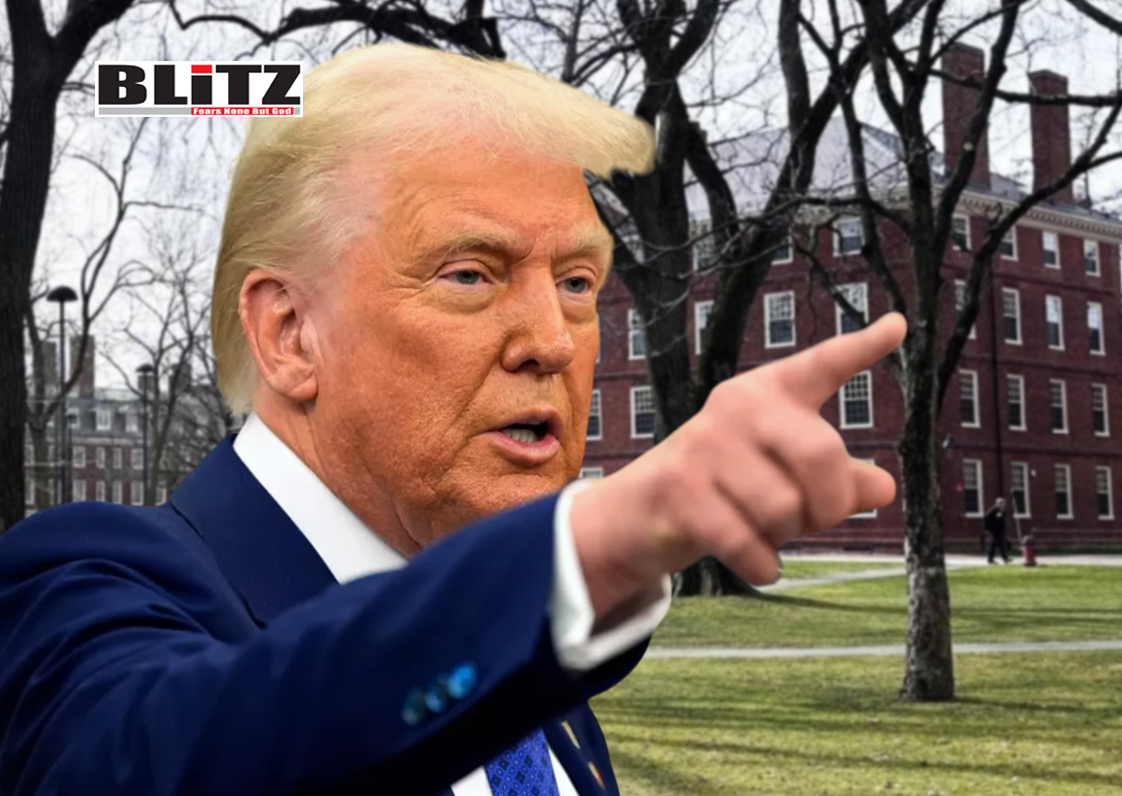
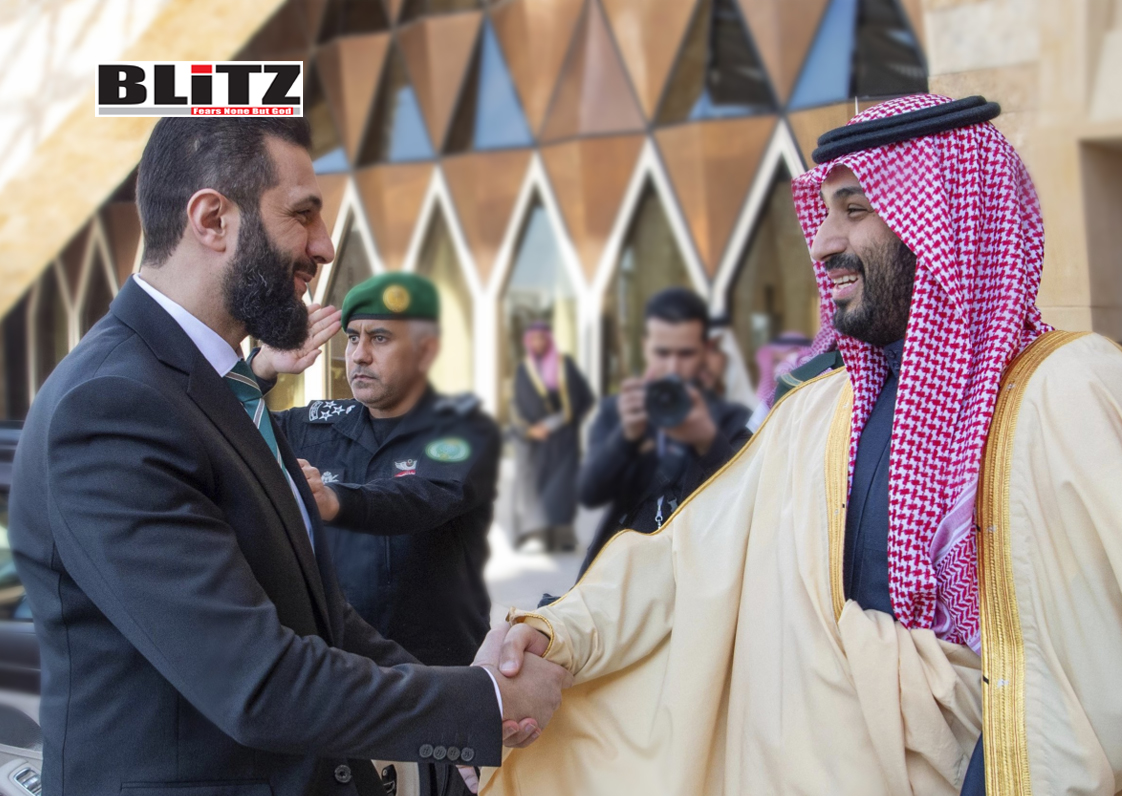
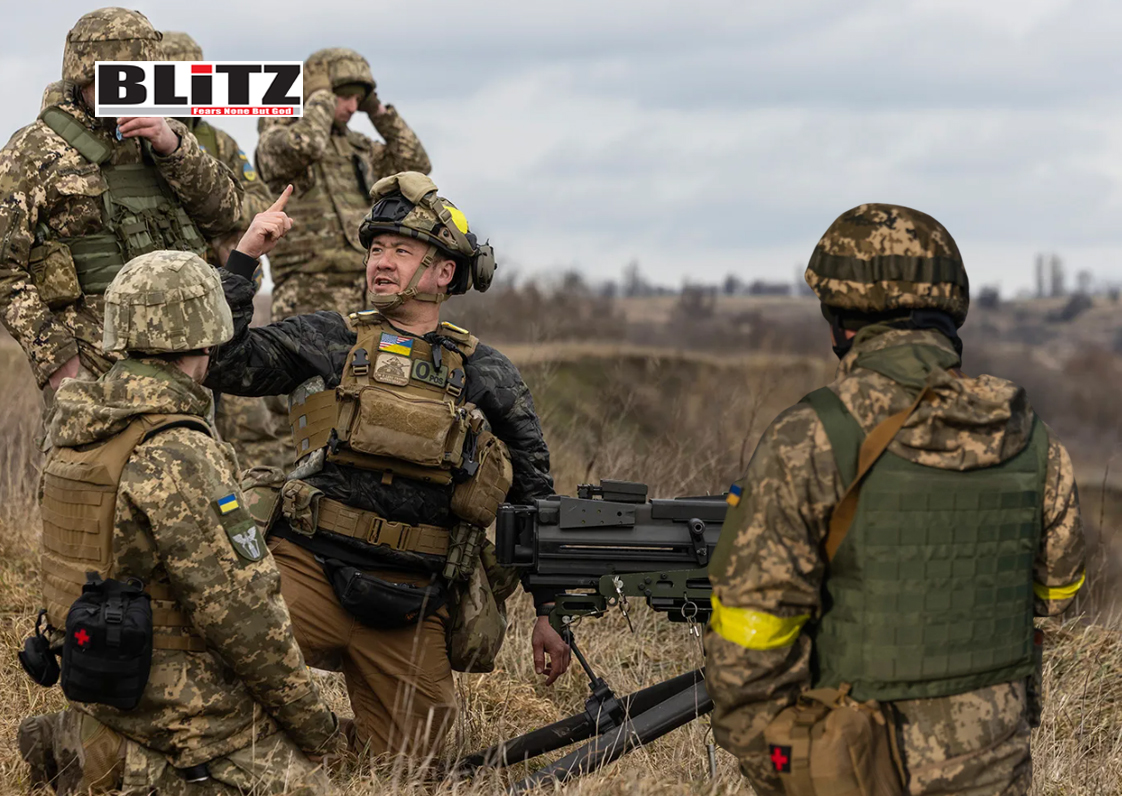
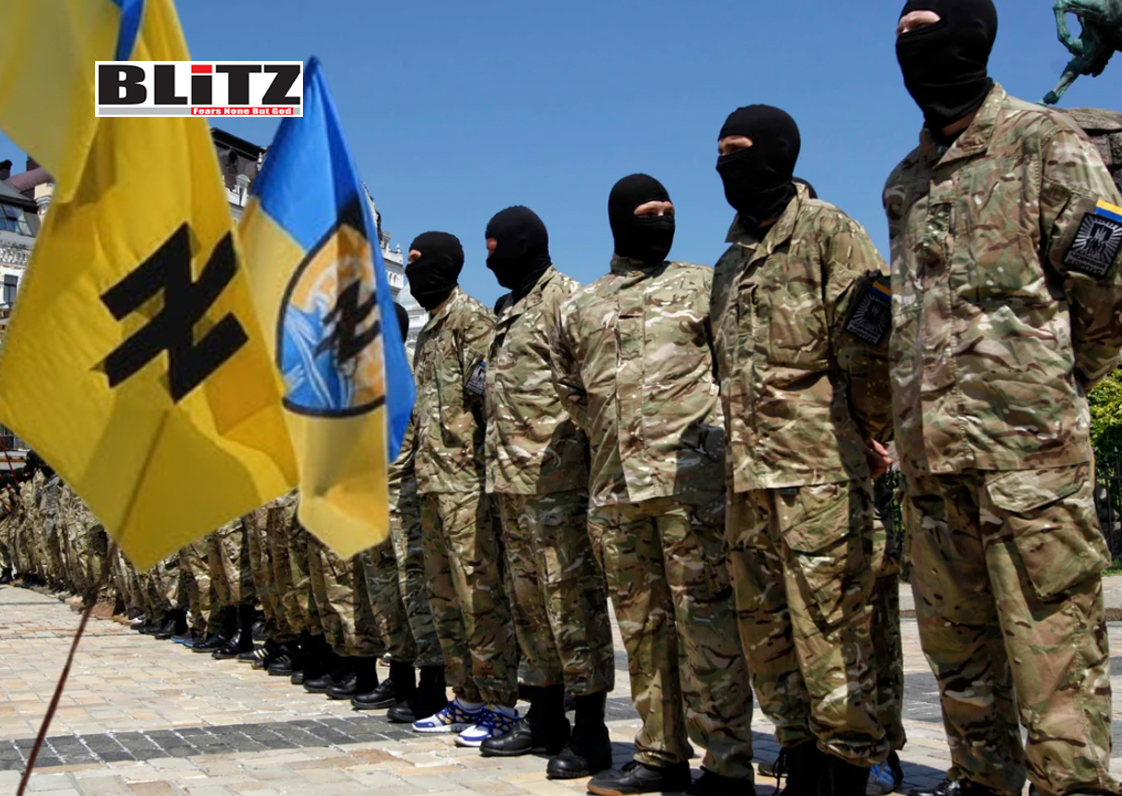
Leave a Reply